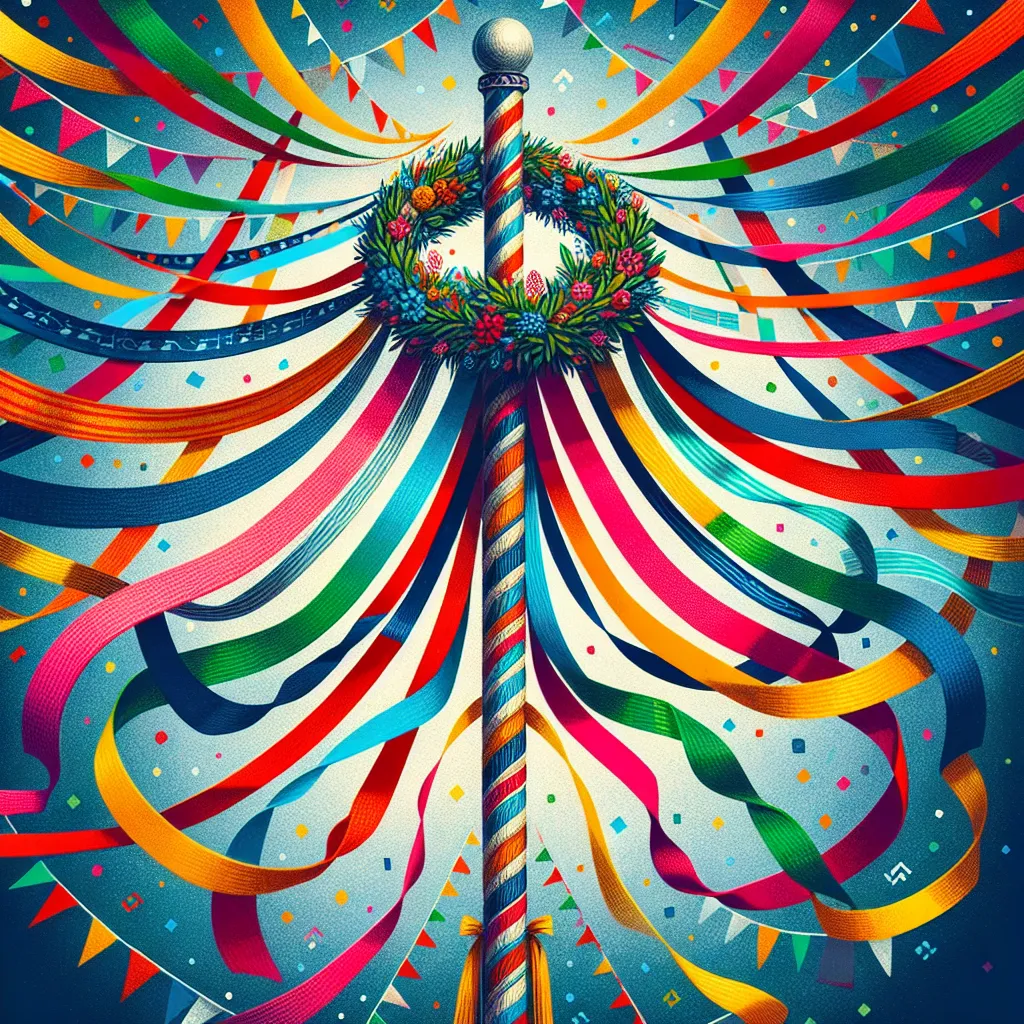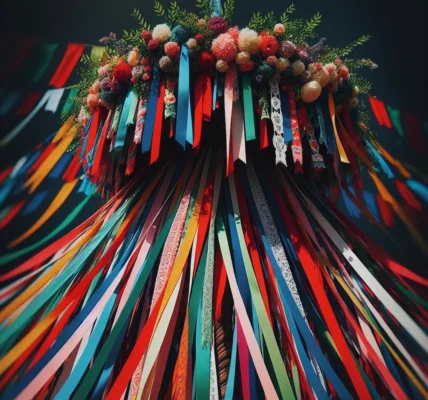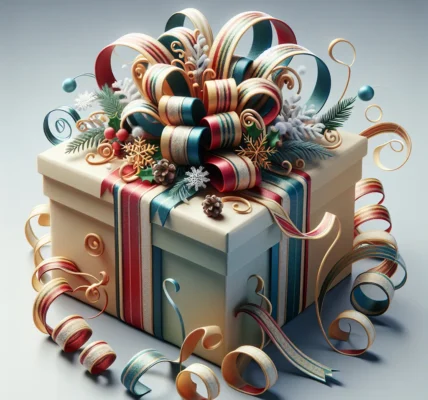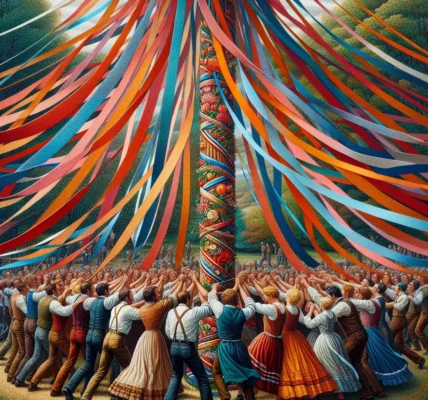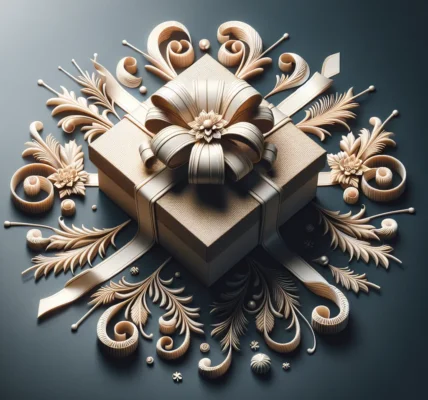The Ancient Origins of Festive Ribbons
The use of festive ribbons in different cultures can be traced back to ancient times, where they held significant symbolism and cultural importance. The tradition of using ribbons for festive purposes dates back to ancient civilizations such as the Egyptians, Greeks, and Romans. In these cultures, colorful ribbons were used in religious ceremonies, celebrations, and as decorative elements in clothing and accessories.
Ancient Egyptians used festive ribbons as adornments in religious rituals and ceremonies, often incorporating them into their elaborate headdresses, clothing, and even as decorative elements in temples and tombs. The vibrant colors of the ribbons were believed to symbolize various aspects of life, such as vitality, fertility, and spiritual connections.
In ancient Greece, festive ribbons were woven into garlands and wreaths as symbols of honor, celebration, and achievement. They were commonly used in religious festivals, athletic competitions, and to adorn offerings to the gods. The ribbons were intricately woven with symbolic colors and patterns, each carrying its own significance and meaning.
Similarly, the ancient Romans also used festive ribbons in their religious ceremonies, public celebrations, and as decorative elements in clothing and accessories. Ribbons were often dyed in rich hues and intricately woven into garments, indicating social status, affiliations with specific gods, or as tokens of celebratory events.
Through the centuries, the tradition of using festive ribbons has transcended various cultures and continues to be an integral part of celebrations and traditions around the world. The ancient origins of festive ribbons have laid the foundation for their enduring symbolism and cultural significance in diverse societies.
The Cultural Significance of Festive Ribbons
In many cultures around the world, festive ribbons hold a deep cultural significance and play a meaningful role in various celebrations and traditions. The history of festive ribbons can be traced back to ancient times, where they were used as decorative elements in religious ceremonies, weddings, and other important events. The use of colorful ribbons symbolizes different aspects of life, such as prosperity, happiness, and unity.
In Chinese culture, red festive ribbons are commonly used during New Year celebrations to ward off evil spirits and attract good luck and fortune. The vibrant red color is believed to symbolize joy, luck, and happiness. Similarly, in Indian culture, the use of festive ribbons, particularly in the form of ornate silk sarees, is deeply rooted in the tradition of adorning oneself with symbols of prosperity and good fortune during weddings and religious festivities.
Moreover, in European cultures, the tradition of using festive ribbons as a symbol of celebration dates back to medieval times. The Maypole dance, which involves colorful ribbons woven around a tall pole, is a traditional European folk dance that symbolizes the arrival of spring and the unity of the community. The intertwining of ribbons during the dance represents the weaving together of people’s lives and the vitality of nature.
Overall, the cultural significance of festive ribbons varies across different societies, but they universally serve as powerful symbols of joy, luck, and unity. The rich history and symbolism associated with festive ribbons continue to be an integral part of diverse cultural celebrations around the world.
Festive Ribbon Traditions Around the World
Festive Ribbon Traditions Around the World
Festive ribbons have a long history of being used in various cultures around the world to symbolize different traditions and celebrations. In many cultures, the use of festive ribbons is deeply rooted in historical significance and symbolism, making them an integral part of traditional ceremonies and festivities.
In China, red festive ribbons are commonly used during the Chinese New Year to symbolize good luck, happiness, and prosperity. The vibrant red color is believed to ward off evil spirits and bring good fortune for the coming year. During the New Year celebrations, red ribbons are often seen adorning doors, windows, and lanterns as a symbol of well wishes and blessings.
In India, vibrant and colorful ribbons are a prominent feature of traditional festivals such as Diwali and Holi. During Diwali, known as the festival of lights, bright ribbons are used to decorate homes and temples as a symbol of joy and prosperity. Similarly, during Holi, the festival of colors, colorful ribbons are used to adorn the streets and people’s clothing, adding to the vibrant and joyful atmosphere of the celebration.
In Europe, festive ribbons are commonly associated with Maypole dances and traditional folk festivals. The Maypole, adorned with colorful ribbons, is a central feature of May Day celebrations in many European countries, symbolizing the arrival of spring and fertility. Ribbons are woven around the Maypole as part of joyful dance routines, bringing communities together in a celebration of the changing seasons and renewal.
From Asia to Europe and beyond, festive ribbons hold a special place in the traditions and cultures of diverse societies. Whether symbolizing luck, joy, or the changing of seasons, the use of festive ribbons is a universal expression of cultural heritage and celebration around the world.
The Evolution of Festive Ribbons in Modern Celebrations
In modern celebrations, festive ribbons have evolved to become not only a decorative element but also a symbol of various cultural and religious significances. The use of ribbons in modern festivities has expanded to include a wide range of occasions, from traditional holidays to personal milestones such as weddings and birthdays. In many cultures, ribbons have become a common feature in decorating Christmas trees, symbolizing unity and good fortune during the holiday season.
Furthermore, ribbons have also found their way into modern gift-giving practices, where they are used to adorn presents and convey good wishes to the recipients. This custom is often seen during occasions like weddings, where ribbons symbolize the binding of two individuals in matrimony and the celebration of their unity. Additionally, ribbons are frequently utilized in cultural parades and festivals, representing different causes and beliefs that communities come together to celebrate and honor.
Moreover, the evolution of festive ribbons in modern celebrations extends to the LGBTQ+ community, where rainbow-colored ribbons are used to symbolize diversity, inclusion, and pride. These ribbons are often prominently displayed during pride parades and events as a powerful symbol of solidarity and support for the LGBTQ+ movement.
In conclusion, the evolution of festive ribbons in modern celebrations reflects their enduring significance across diverse cultures and traditions. From symbolizing unity and good fortune to representing cultural pride and diversity, festive ribbons continue to play a vital role in adding meaning and symbolism to contemporary festivities.
